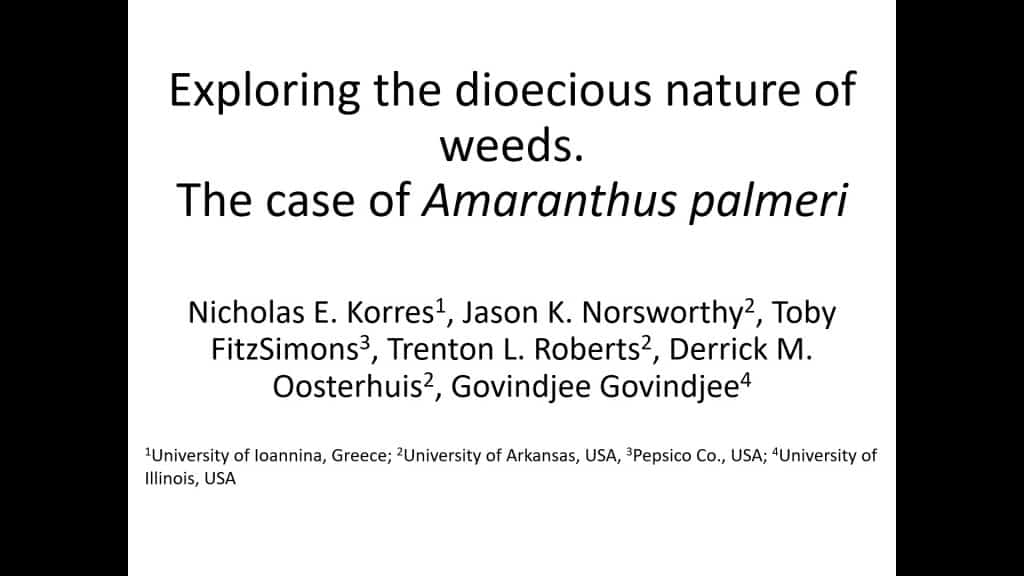Research on the dioecious nature of weed species, such as Amaranthus palmeri, a fast adapting and highly competitive weed in many row and vegetable crops worldwide, under abiotic stress has received little attention. In addition, climate change enacts a strong selection pressure on weeds that ultimately will adapt rapidly to changes through alterations in their biology, physiology, and phenology. Therefore, knowledge of the biology and physiology of these species is essential for the development of effective weed management systems, especially under abiotic stress. Here, we have examined the interactive effects of abiotic stress on biological and physiological characteristics of A. palmeri such as biomass, flowering initiation, along with mineral accumulation, chlorophyll a and b content, and the operating capacity of Photosystem II (PSII) in male and female A. palmeri plants grown under three different light intensities (150, 450 and 1300 μmol photons m−2 s−1) and N, K or P deficiency. Differential gender responses were observed for all the growth, phenology, and photochemistry parameters measured. Female plants, for example, invested more in height, stem, and total dry weight, whereas male plants invested more in leaf area and leaf dry weight. Initiation of flowering of female plants occurred six to eight days earlier compared with male plants. Mineral content of the leaves and stems showed intra- and intersexual differences. Chlorophyll a content and chlorophyll a/b ratios were lower in the female than in male plants at high light intensity as the flowering progressed with comparable reductions in operating capacity of PSII. The differential response of dioecious species gender possesses inherent weaknesses offering pathways for ecological management of dioecious weeds.
- 19 European Weed Research Society Symposium-ad1675fc
19 European Weed Research Society Symposium-ad1675fc
19 European Weed Research Society Symposium-c6b672a1

